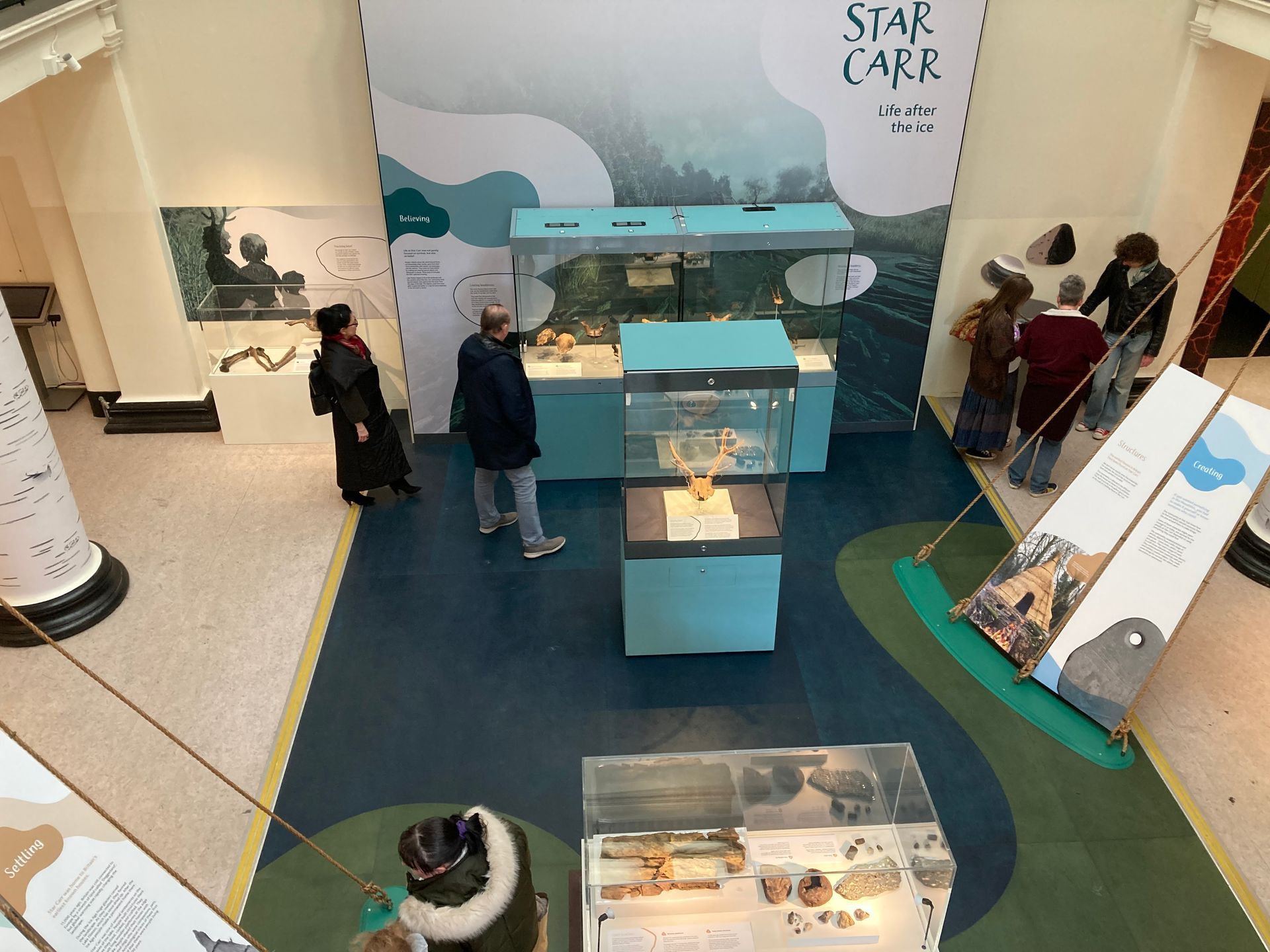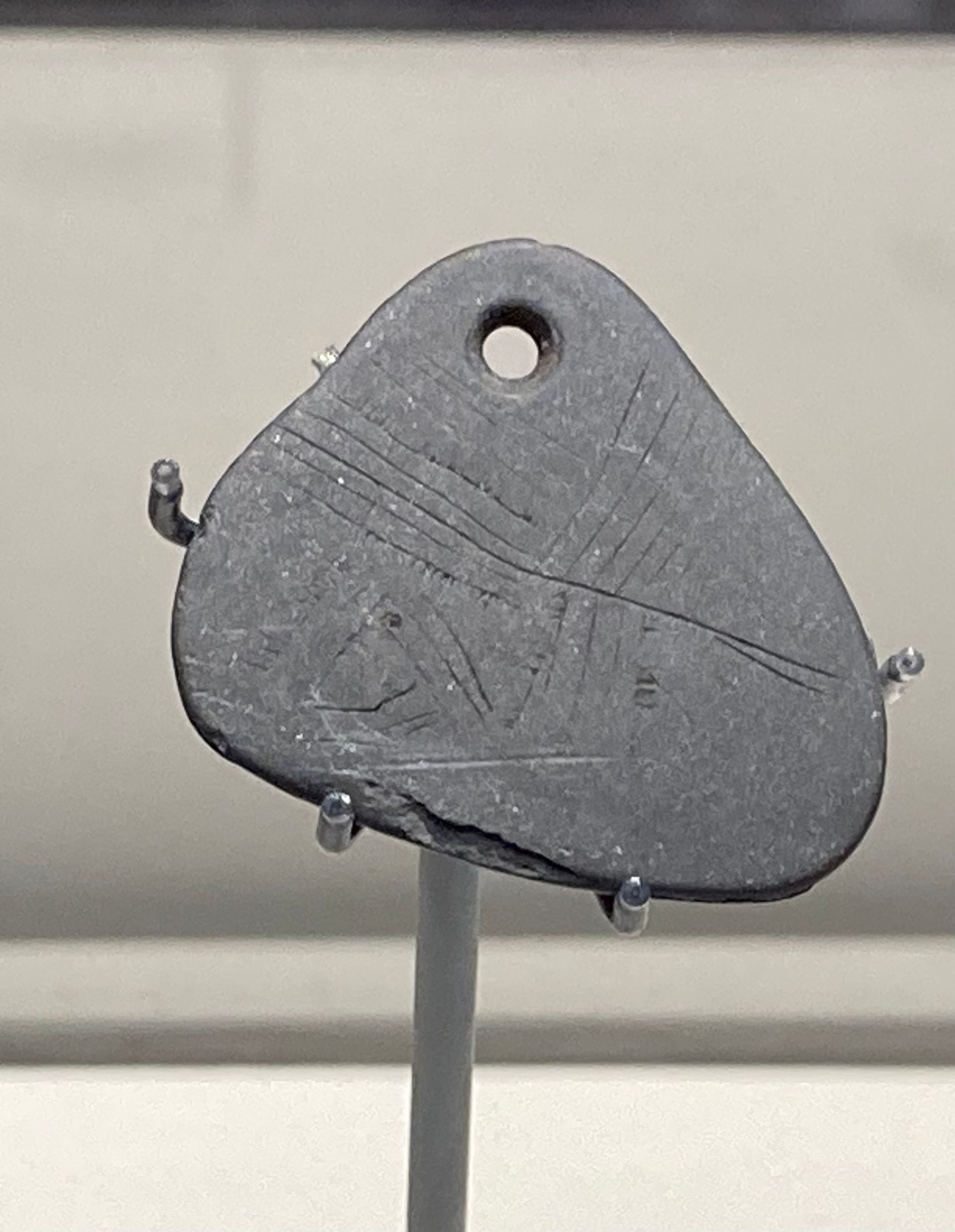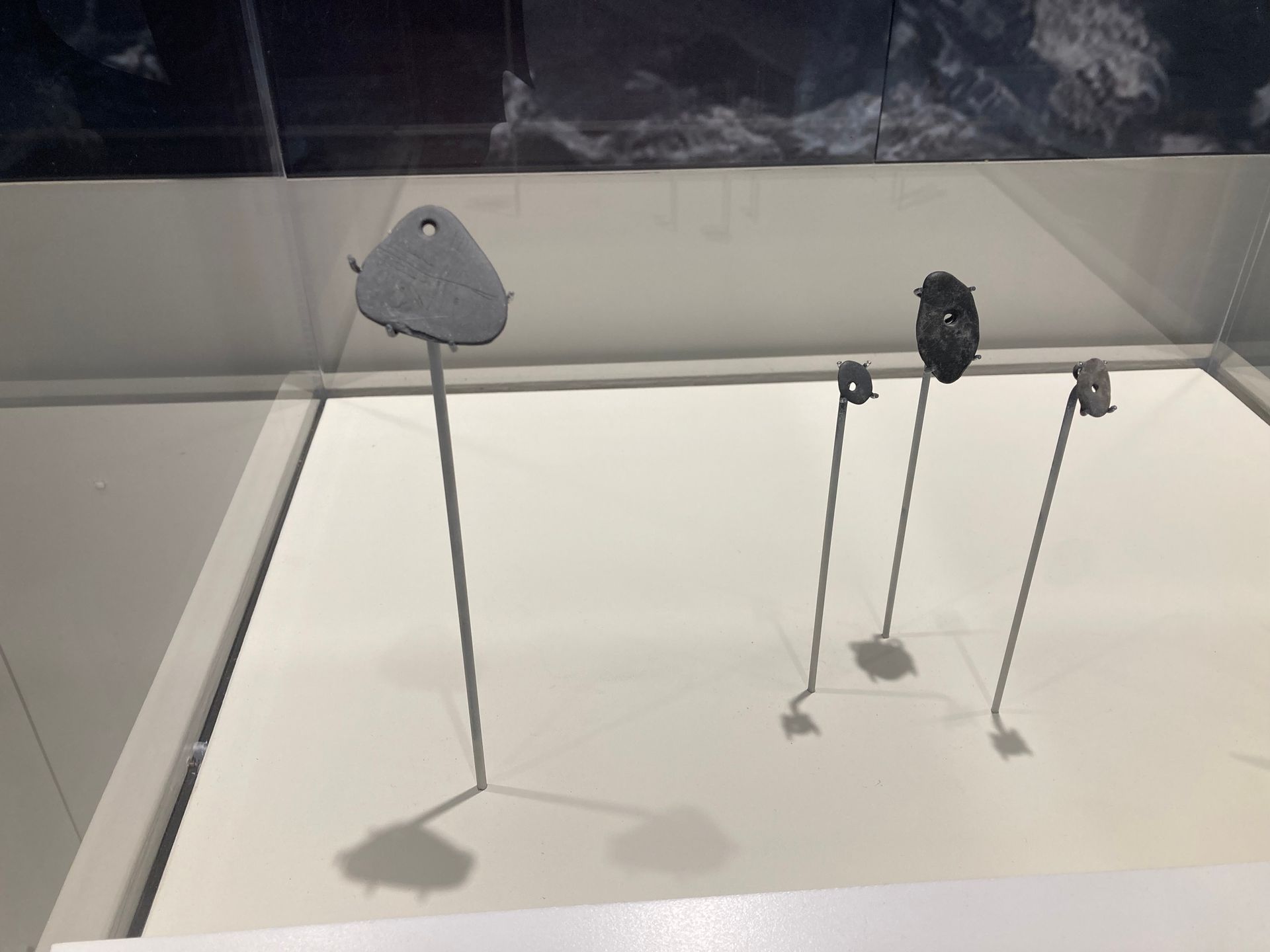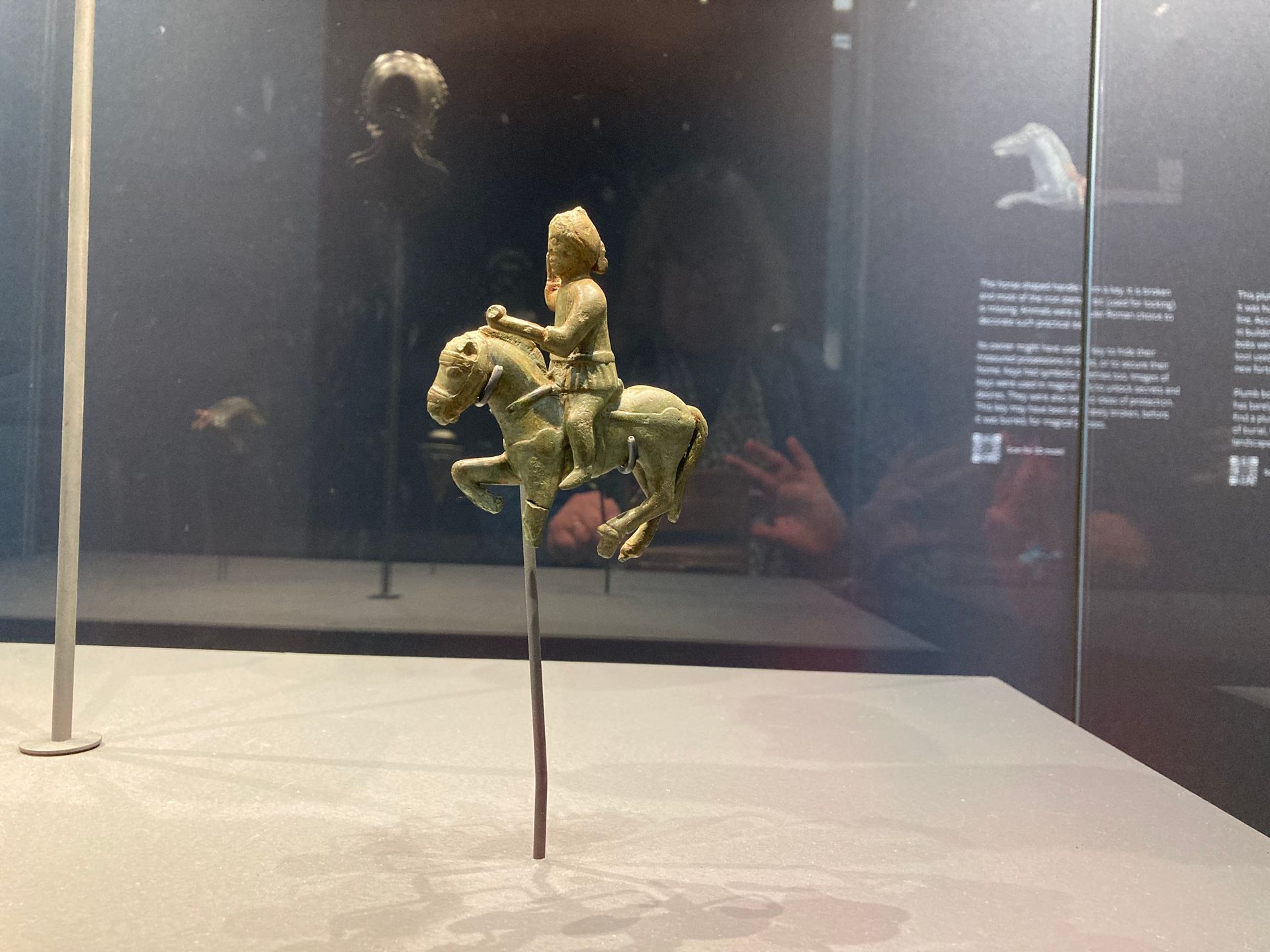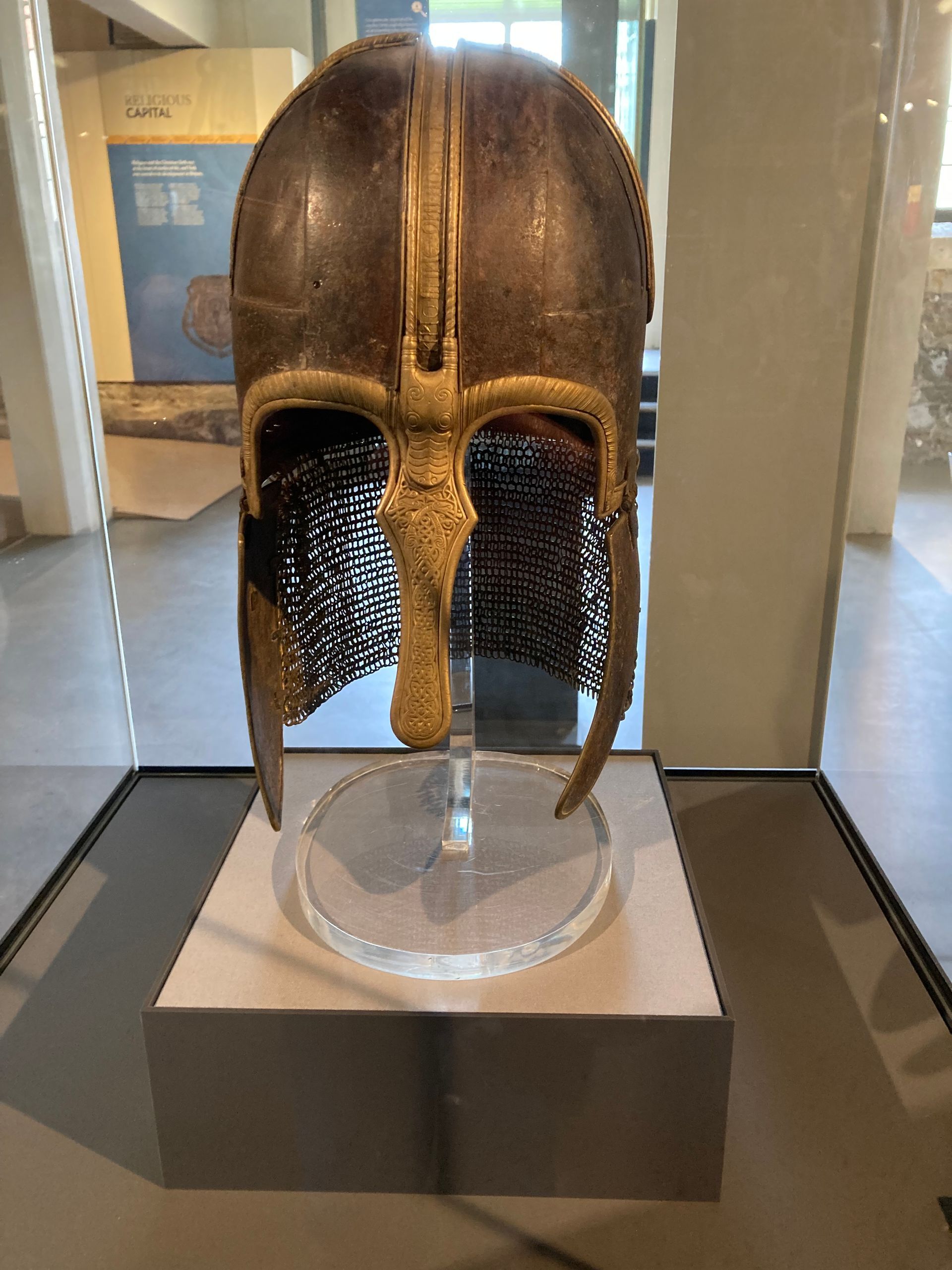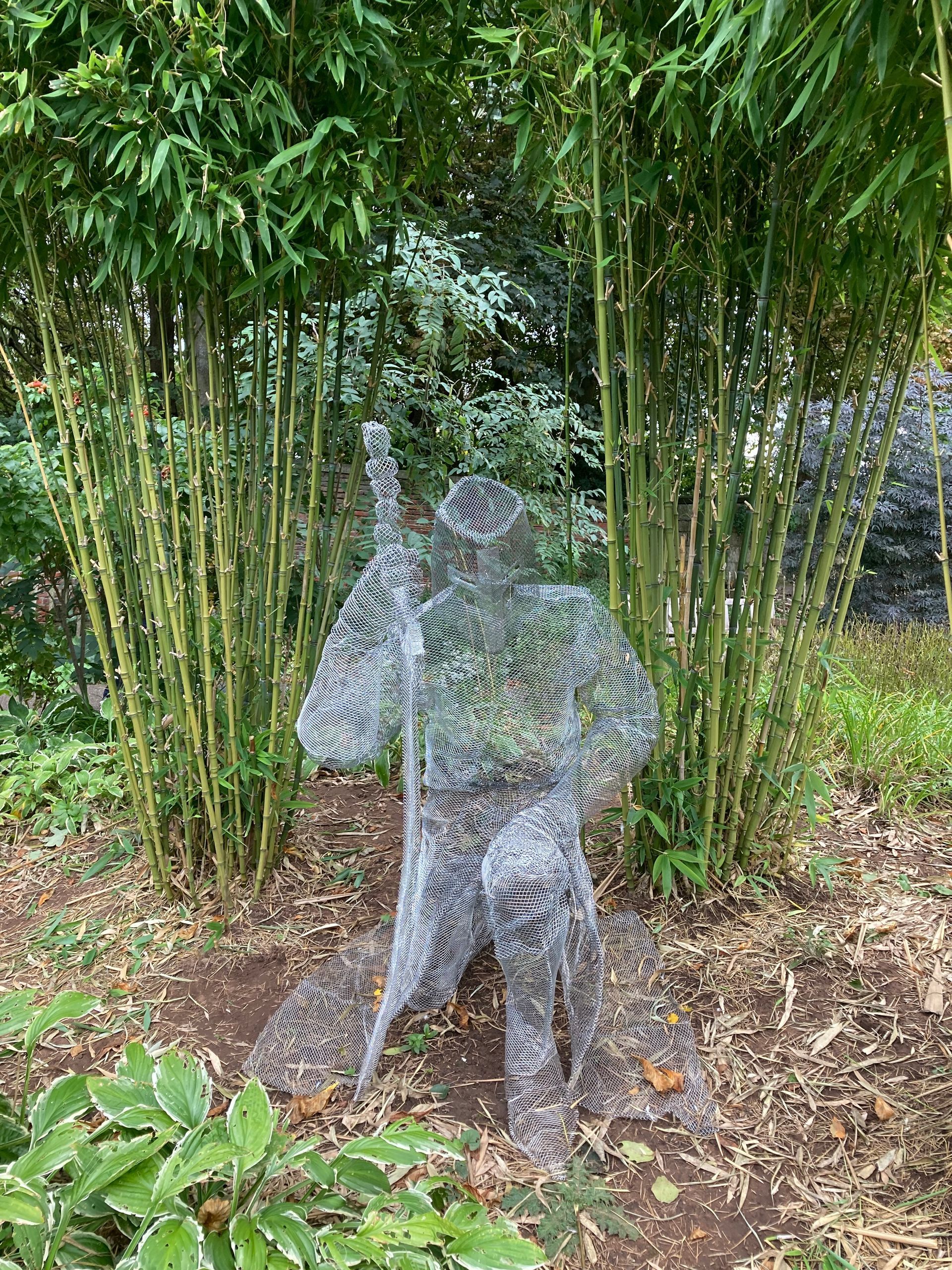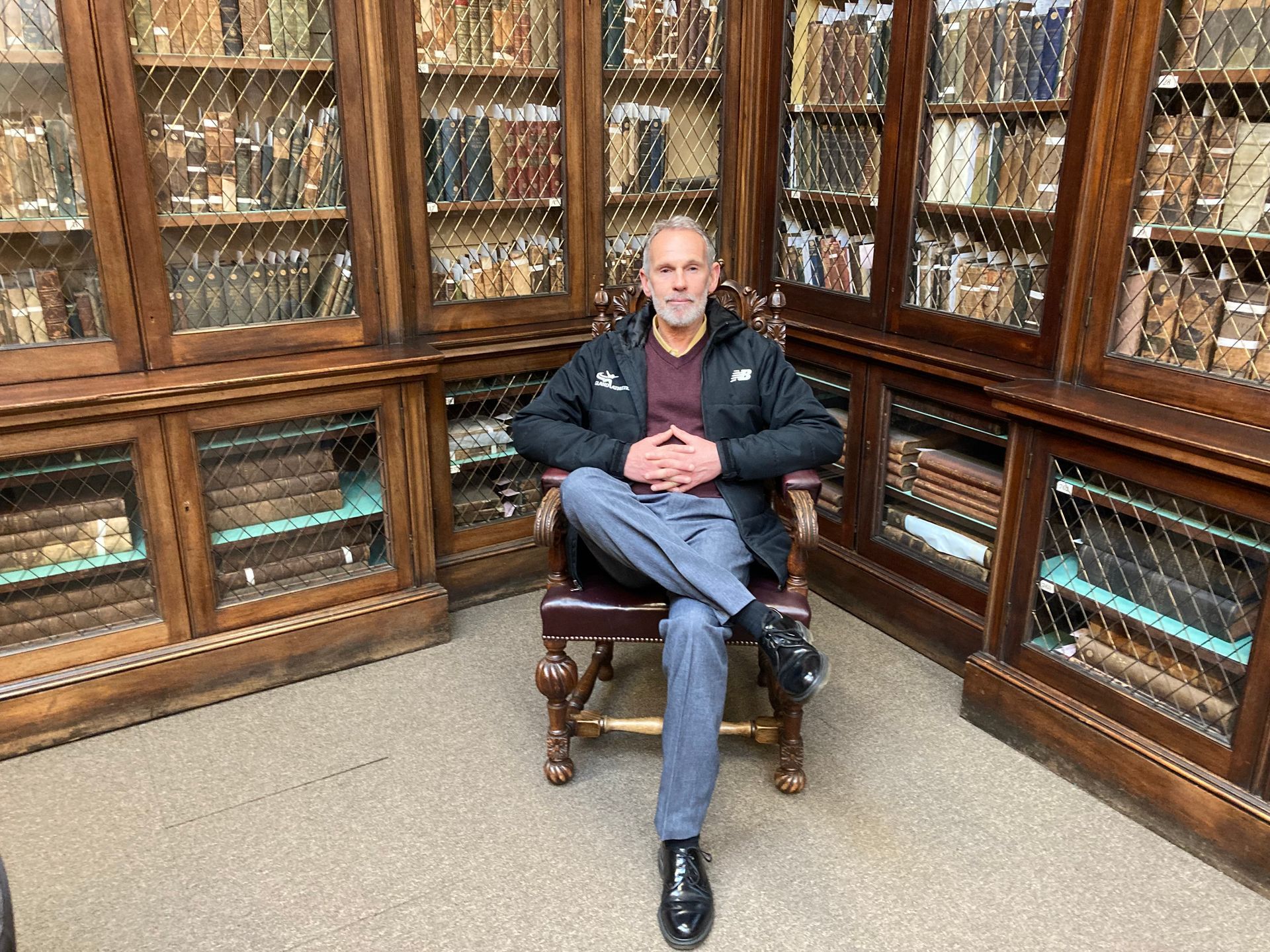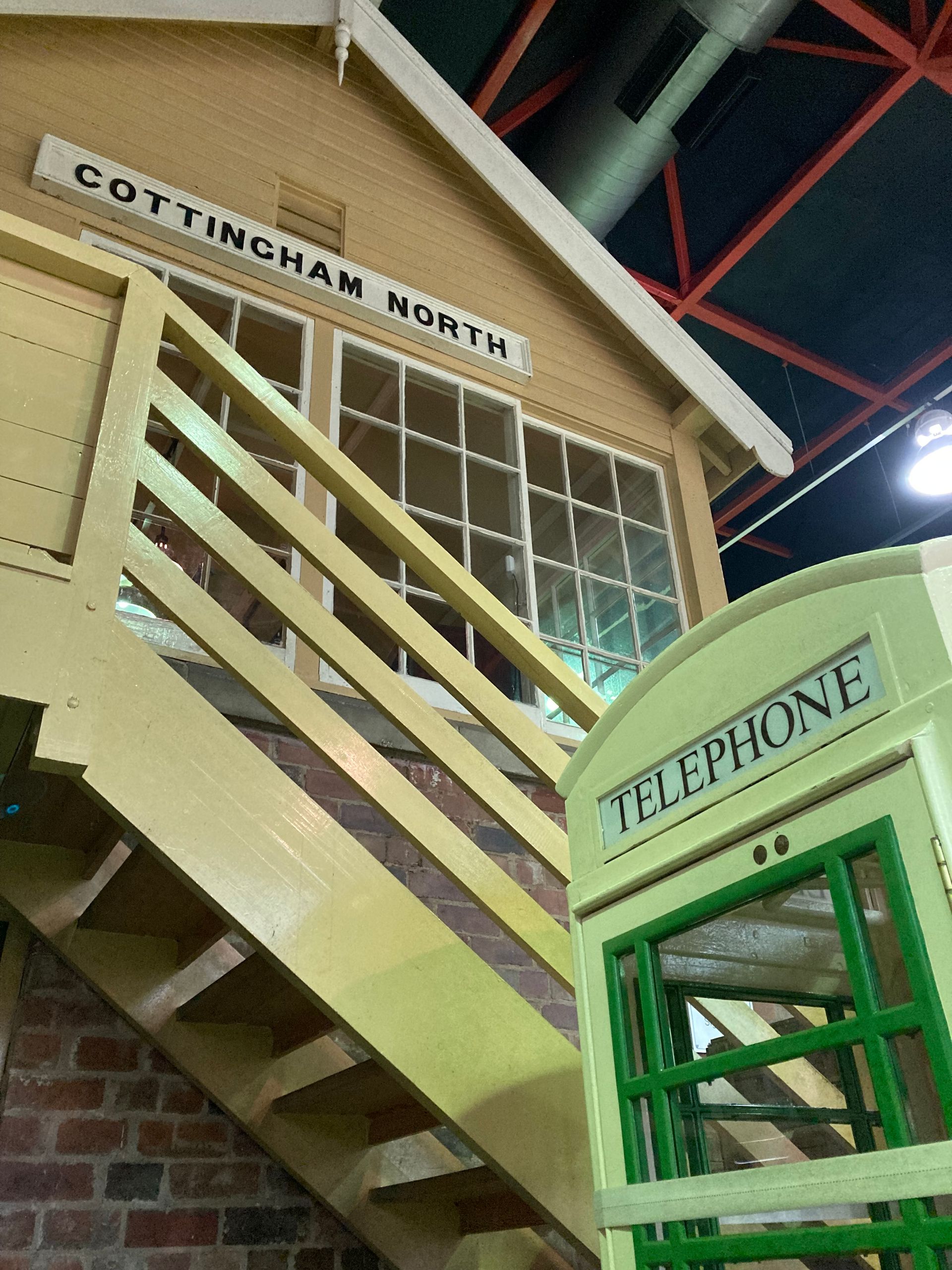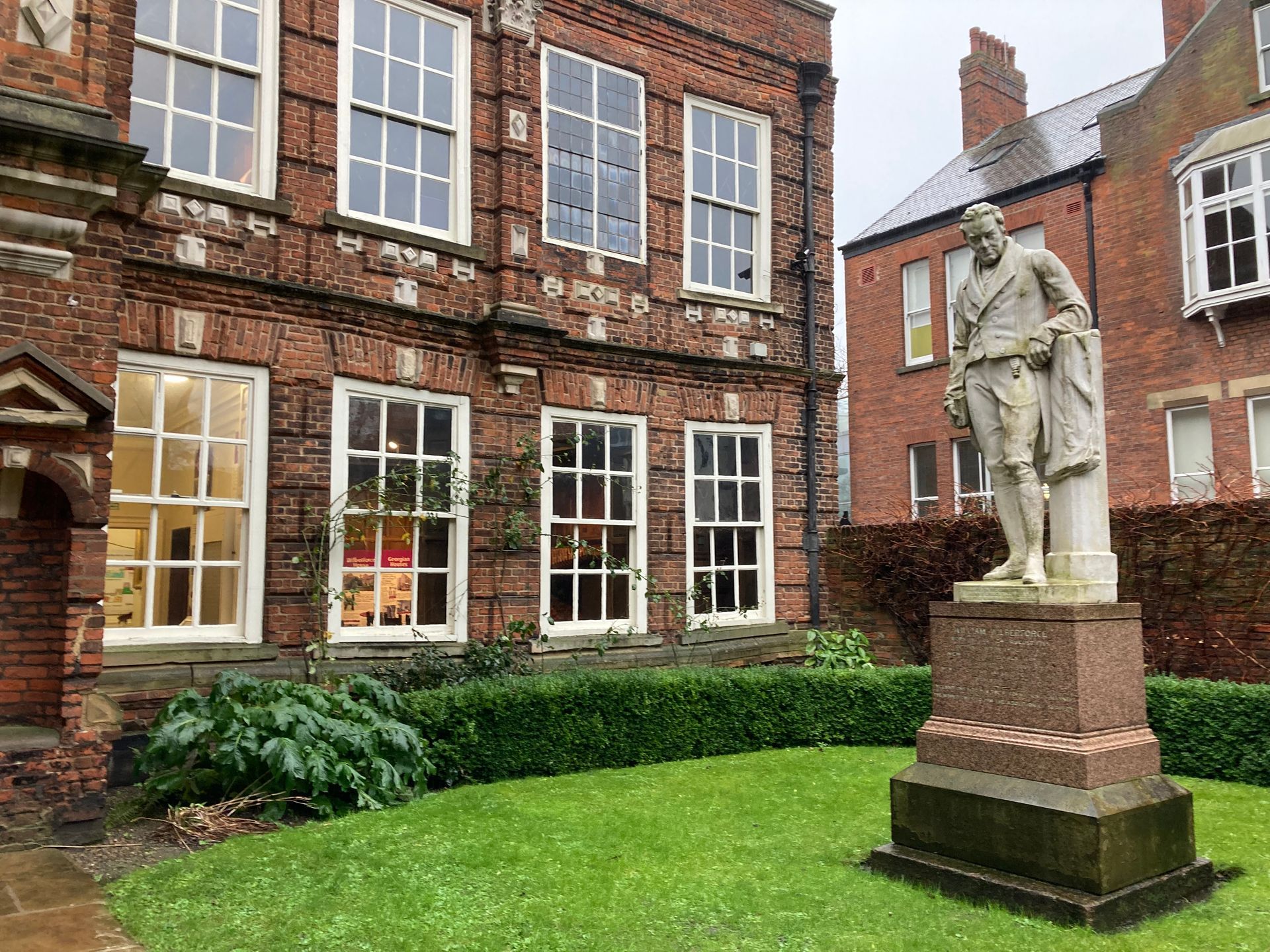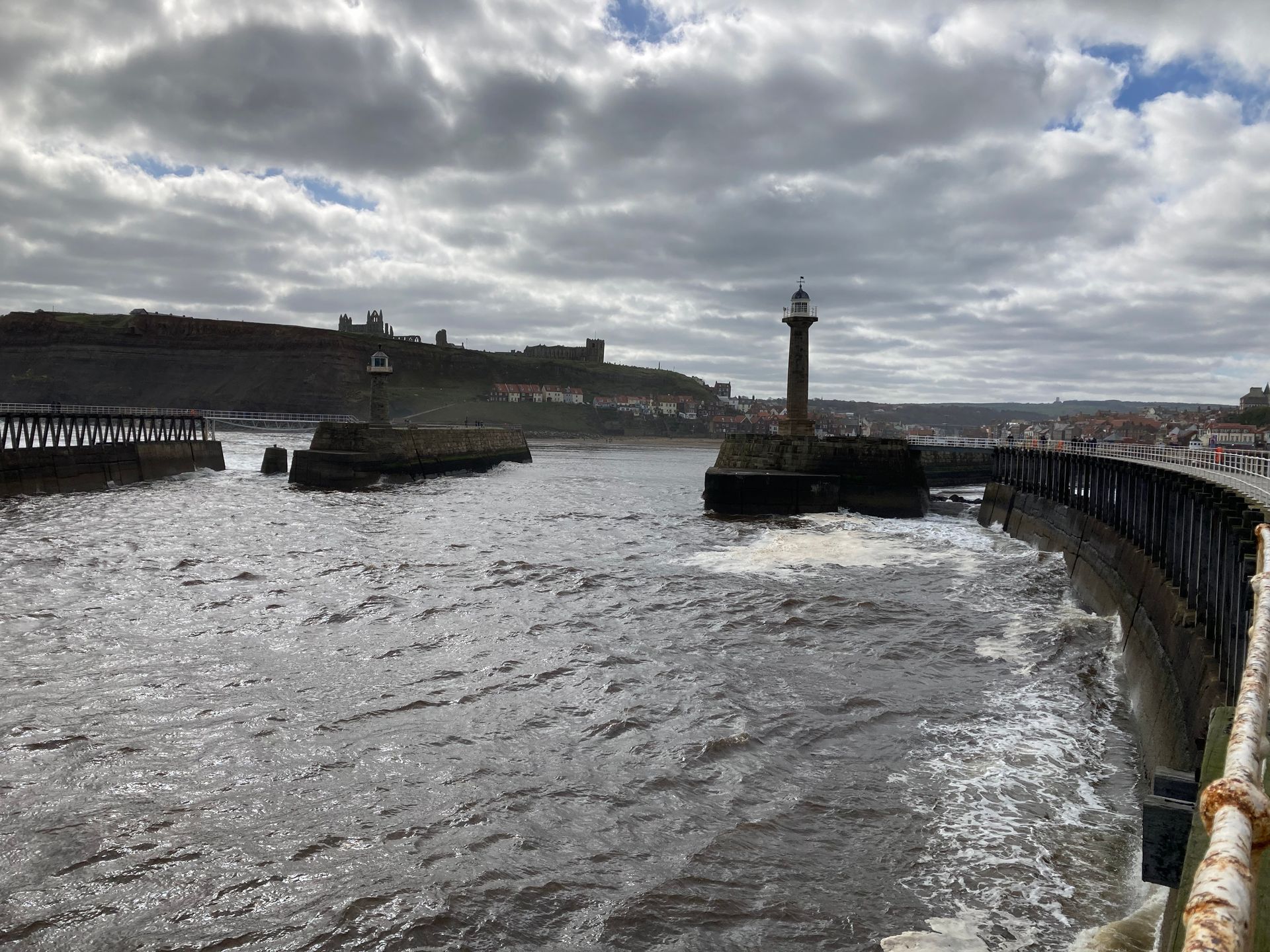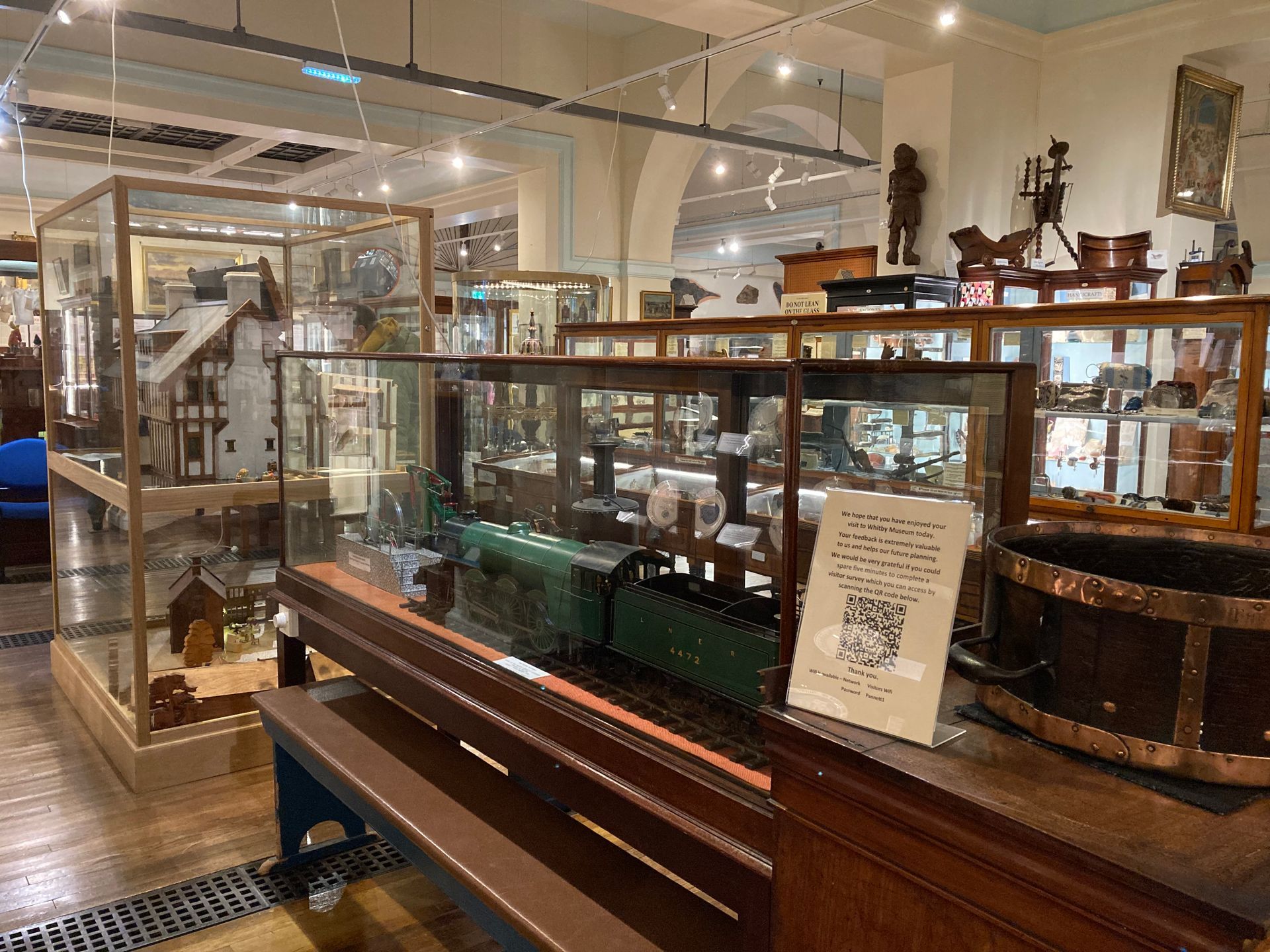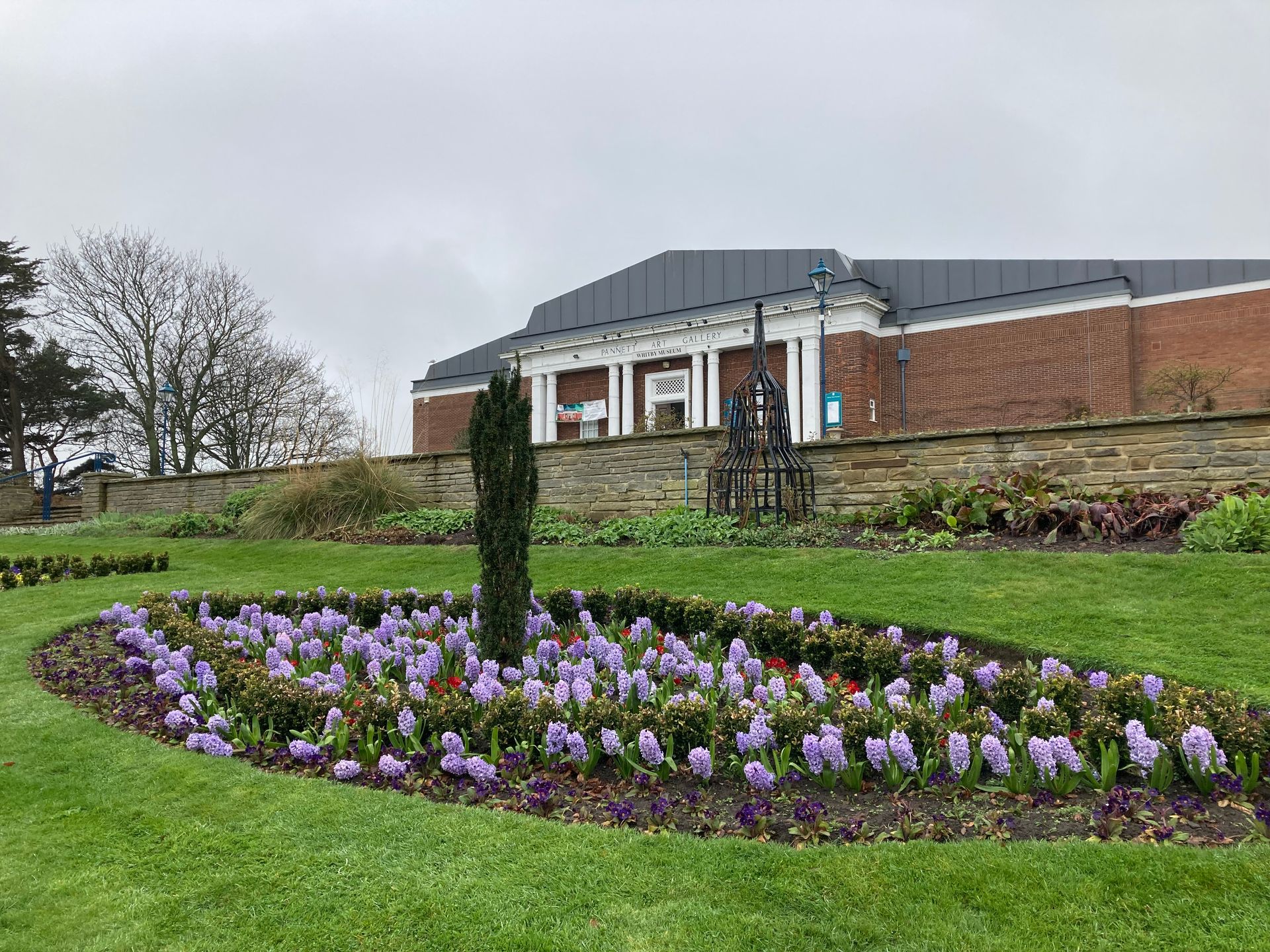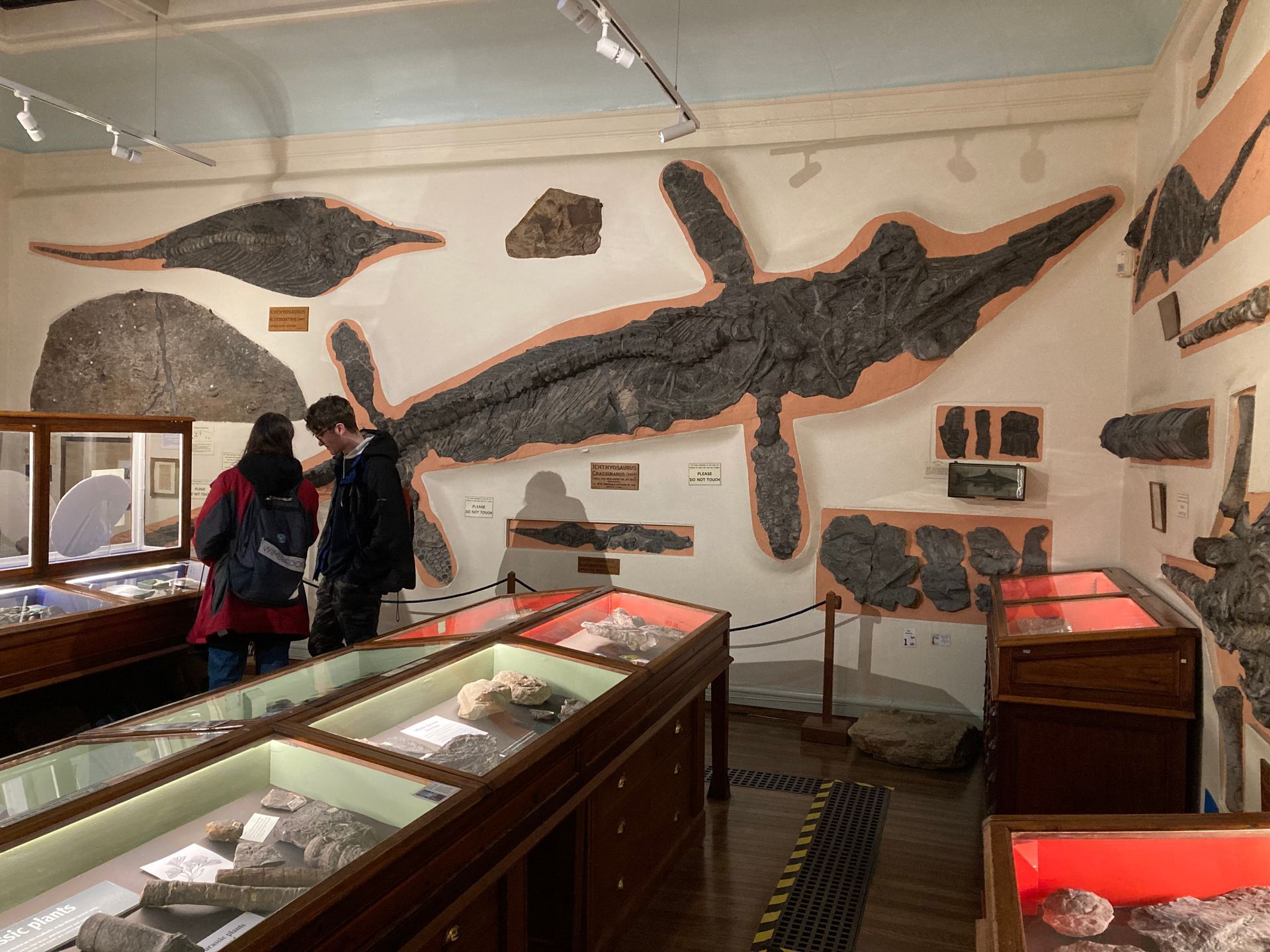- HOME
- Cultural Explorer Itineraries
- Cultural Explorer Travel
- Cultural Explorer Books
- Cultural Explorer Art
- Cultural Explorer Auction Houses
- Travel, Culture and Books - Blog
- More
- England
- Europe
- United States
- Spain
- Denmark
- Germany
- England - Yorkshire
- England - London
- England - Durham
- England - Liverpool
- England - Stratford upon Avon
- Spain - Cadiz, Jerez, Madrid
- Spain - Barcelona
- Spain - Sevilla
- Spain - Malaga and Ronda
- France - Paris
- Boston and New Haven Logisitics - Itinerary, travel, accommodation
- Boston Freedom Trail, Tea Party and Cheers
- New Haven and Yale University
- Hartford - Mark Twain's House
- Boston Art Museums - MOFA and Isabella Stewart Gardner
- Harvard and MIT Museums
- Cultural Explorer Travel - Top 10 Museums in London
- Cultural Explorer Travel - Top 10 Museums Yorkshire
- Cultural Explorer Art - Top 10 Art Galleries in London
- Cultural Explorer Art - Top 10 Controversial Paintings
- Cultural Explorer Art - The Life of the Mona Lisa
- Cultural Explorer Art - The Bowes Museum - Norman Cornish and LS Lowry
- Cultural Explorer Art - Top 10 Art Galleries in Yorkshire
- Cultural Explorer Books - Top 15 Books about Art
- Cultural Explorer Books - From a North East American Trip
- Cultural Explorer Books - Top 10 Books about Spain
- Cultural Explorer Books - Top 10 Latin American Books
- Cultural Explorer Books - Top 10 Greek Myths Books
- Cultural Explorer Books - Top 15 United States Contemporary Fiction Books
- Cultural Explorer Books - Top 10 Non-Fiction about the US
- Cultural Explorer Books - Top 10 Japan Books
- Cultural Explorer - Top 10 Books about Humans
- Cultural Explorer Auction House - Sotheby's
- Cultural Explorer Auction House - Christies
- Cultural Explorer Auction House - Bonhams
- Cultural Explorer Auction House - Phillips
- ads.txt
- Terms and Conditions
1.The Yorkshire Museum in York is a fabulous museum that showcases some of the rich history and heritage of the region. With exhibits spanning from prehistory to the medieval period, the museum offers a deep dive into York’s past.
It houses remarkable treasures, including the exquisite medieval Middleham Jewel and Ring, the York Helmet, and the Gilling Sword, all discovered in the region, alongside the Ormside Bowl from Cumbria. Its Roman collection features the statue of Mars, the head of Constantine, and the tombstone of Lucius Duccius Rufinus, Standard Bearer of the Ninth Legion, as well as a preserved head of human hair from a Roman gypsum burial in York. St Mary’s Abbey, whose ruins surround the museum, provides some of England's finest medieval architectural relics, including 12th-century life-size statues of saints and prophets. The museum’s prehistoric collection spans half a million years, from early tools to Bronze Age artifacts and the Iron Age Arras chariot burials unearthed in the Yorkshire Wolds.
They also have a collections of objects from Star Carr, located near Scarborough in North Yorkshire, the site is one of the most important Mesolithic archaeological sites in Europe. Dating back nearly 11,000 years, it offers unparalleled insight into life after the last Ice Age. Excavations have uncovered an array of remarkable artifacts, including red deer antler headdresses, likely used in rituals, and wooden platforms, among the oldest evidence of carpentry in the world.
The museum also features captivating natural history exhibits, including fossils and geology, as well as art and archaeology collections that illustrate the diverse history of Yorkshire.
Situated in the beautiful Museum Gardens, it’s a perfect spot for those interested in exploring the history of this historic city and its surrounding landscapes.
2. The National Railway Museum in York is a fascinating and expansive destination for anyone interested in the history of rail travel. Located in the heart of York, the museum houses an extensive collection of locomotives, carriages, and railway artifacts that span over 200 years of railway history. Visitors can marvel at iconic trains such as the legendary Mallard, the fastest steam locomotive ever built, and the Royal Train, used by the British royal family. The museum also offers interactive exhibits, showcasing the evolution of rail technology, the role of the railways in shaping modern Britain, and their impact on industry, culture, and travel. With a mix of historical displays and engaging hands-on experiences, the National Railway Museum provides a captivating journey through time for both railway enthusiasts and families alike.
FREE
3. Hull Museums - Hull is home to a vibrant collection of museums, and Wilberforce House stands out as a key highlight. Located in the heart of the city, this Georgian house is the birthplace of William Wilberforce, the prominent abolitionist who played a crucial role in the movement to end the slave trade. The museum offers visitors an insightful look at Wilberforce's life and legacy, alongside exhibits on Hull's maritime history and its connection to the abolition movement. With interactive displays and historical artifacts, it’s a powerful space for reflection and learning.
The Museum Quarter in Hull is a cultural hub, housing several of the city’s most important museums and galleries. It includes the Hull and East Riding Museum, which showcases the region's rich archaeological history, from prehistoric times to the present day. The Streetlife Museum is a family favorite, offering a nostalgic journey through the history of transport and urban life. Just a short walk from each other, these museums provide a wonderful introduction to Hull’s heritage, making the Museum Quarter a must-visit for history and culture enthusiasts.
These FREE museums are all absolutely fantastic, they are situated in the old town of the city close to the river. From here cross over the River Hull to see the tidal barrier and The Deep aquarium. Then cross back to walk along the riverside path to the marina admiring the vast Humber Estuary. Historically, this area of Hull played a significant role in immigration and emigration. As one of the UK's busiest ports, it saw waves of immigrants arriving from Europe, particularly in the 19th and early 20th centuries, seeking new opportunities in industrial England. Similarly, Hull was a departure point for many British emigrants heading to North America and other parts of the world.
4. The Jorvik Viking Centre in York is located on the site of a former Viking settlement, making it a fitting location for a museum dedicated to York’s Viking history. The museum sits on Coppergate, where excavations in the 1970s uncovered a remarkable Viking-age city, revealing well-preserved artefacts, houses, and even the remains of Viking residents. The museum offers an immersive experience that brings to life the sights, sounds, and smells of 10th-century Viking York, providing visitors a glimpse into daily life during the Viking occupation.
York’s Viking history is a crucial part of the city’s past, dating back to the 9th century when the Vikings captured the city and established it as a major trading hub. As part of the Danelaw, the Viking-controlled territories in England, York became a thriving urban center under Viking rule. The Danelaw covered much of northern and eastern England, where Scandinavian customs, language, and governance systems were integrated, influencing the culture and society for centuries. The Viking presence in York left a lasting legacy on the city’s layout, architecture, and place in English history.
The term "gate" in York's street names comes from the Old Norse word gata, meaning "street" or "road." It reflects the Viking influence on the city's layout, where many streets were named for their function or location, such as Coppergate (copper street) or Swinegate (pig street).
5. Whitby Museum, nestled in the picturesque Pannett Park, is a treasure trove of history and natural wonders, with its fossil collection being one of its most captivating features. The museum boasts an impressive array of fossils from the Jurassic period, including ammonites, ichthyosaur remains, and other marine creatures, reflecting Whitby’s geological heritage and its cliffs rich in prehistoric secrets. Among its other intriguing exhibits is the macabre "Hand of Glory," a preserved hand steeped in folklore, believed to have magical properties for thieves. The museum also showcases Whitby's maritime history, the story of Captain Cook, and fascinating local artifacts, making it a must-visit destination for history buffs, fossil enthusiasts, and those drawn to the quirky and mysterious. Round the corner from here is the fabulous Botham's Cafe on Skinner Street.
6. The Rotunda Museum in Scarborough, North Yorkshire, is one of the oldest purpose-built museums in the United Kingdom, dating back to 1829. Designed by the geologist William Smith, often referred to as the "Father of English Geology," the museum's unique circular structure reflects its focus on the geological wonders of the Yorkshire coast. It houses an impressive collection of fossils, including dinosaur footprints and prehistoric relics from the Jurassic period, as well as exhibits showcasing the area's rich natural history. The museum's setting makes it a fascinating destination for anyone interested in geology, archaeology, and local history. Its location, overlooking the scenic South Bay, adds to its charm.
7. Eden Camp Modern History Museum, located near Malton in North Yorkshire, is a unique and immersive experience set within the grounds of a former World War II prisoner-of-war camp. Its original huts house engaging exhibitions that bring history to life, covering topics from the Home Front to wartime propaganda and the global impact of conflicts. Visitors can explore the sights, sounds, and even smells of history, creating a vivid and educational journey for all ages. The museum offers a powerful glimpse into the realities of war, making it a must-visit destination for history enthusiasts and families alike.
Eden Camp housed German and Italian soldiers during World War II. Originally built in 1942, the camp provided a secure yet humane environment for POWs, many of whom worked on local farms or in industries to support the British war effort. Some, over time, developed remarkable craftsmanship skills, using limited resources, they made a variety of objects such as intricate wood carvings, leather goods, and pottery.
8. The Yorkshire Air Museum, located at Elvington near York, is a dynamic tribute to aviation history and heritage. Set on a former RAF bomber command station, it features an impressive collection of historic aircraft, including iconic planes like the Halifax bomber and Nimrod. The museum also offers immersive exhibits on the lives of wartime aircrew and ground staff, showcasing the bravery and innovation of the past. Visitors can explore hangars, control towers, and interactive displays, making it a must-visit for aviation enthusiasts and history buffs alike. Adjacent to the museum is the Elvington Speed Track, renowned for its use in record-breaking high-speed runs. With its vast, straight runway, the track attracts motorsport enthusiasts and professionals aiming to push boundaries, making it a unique combination of historical reverence and contemporary adrenaline.
9. Leeds City Museum, located in the heart of the city, offers a fascinating journey through history, art, and natural sciences. The museum features diverse exhibits, including ancient Egyptian artifacts, interactive displays about Leeds’ industrial heritage, and the Leeds Tiger—a striking taxidermy Bengal tiger. With its family-friendly environment, free admission, and engaging temporary exhibitions, the museum provides an enriching experience for visitors of all ages. Its central location in Millennium Square makes it a convenient and cultural highlight of Leeds.
10. The National Coal Mining Museum in Wakefield offers a fascinating glimpse into the history of coal mining in the UK. Located in an authentic colliery, it provides visitors with the unique opportunity to descend 140 metres underground and explore the life of miners through guided tours led by former miners. The museum features interactive exhibits, a pit pony stable, and displays showcasing the impact of coal mining on local communities and industry. Set in beautiful Yorkshire countryside, it’s an educational and engaging experience for all ages. Elsecar Heritage Centre less than 20 miles has more about the history of mining, and if you get this far you simply have to visit Wentworth Woodhouse, and its unique history regarding coal mining.



Facebook page: https://www.facebook.com/SarahCulturalExplorer
Instagram: https://www.instagram.com/sarahculturalexploreruk
My Bio: Travel opens doors to art, museums, and galleries, where stories come alive. I love books, paintings, collectors, and auctions - the treasures connecting us to history, creativity, and culture. Enjoy regular posts on my facebook page.
Email: culturalexploreruk@gmail.com

